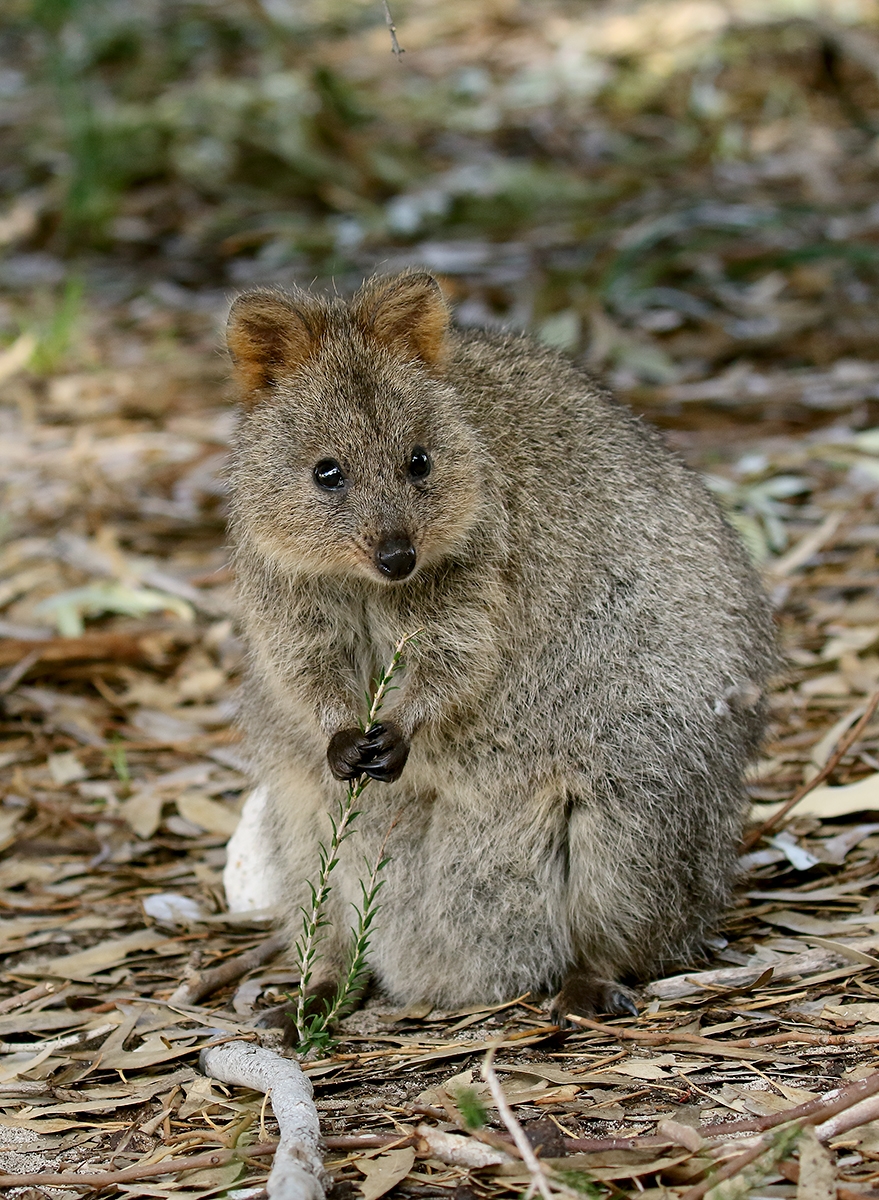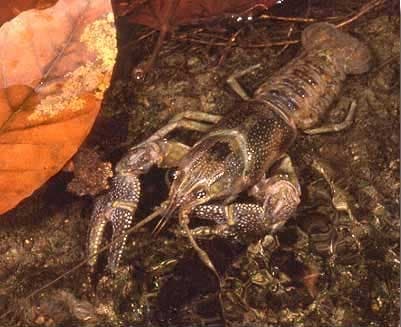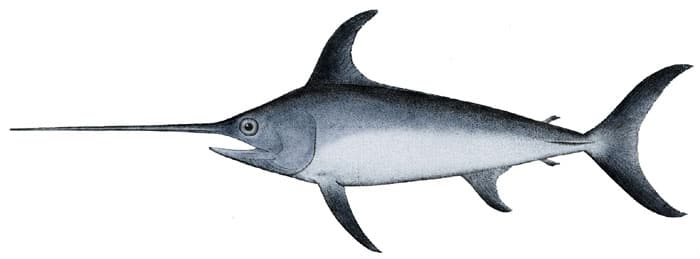Goliath Bird-Eater vs Chilean Rose Tarantula: A Complete Comparison
When comparing the Goliath Bird-Eater vs Chilean Rose Tarantula, size becomes the most striking difference. The Goliath Bird-Eater (Theraphosa blondi) holds the title of world’s largest spider by mass, reaching leg spans up to 12 inches (30 cm), while the Chilean Rose Tarantula (Grammostola rosea) typically maxes out at 5 inches (13 cm).
Beyond size, these arachnids differ significantly in temperament and care requirements. The Goliath Bird-Eater displays more defensive behaviors and requires advanced husbandry skills, whereas the Chilean Rose Tarantula’s docile nature has earned it the reputation as the perfect “beginner tarantula.”
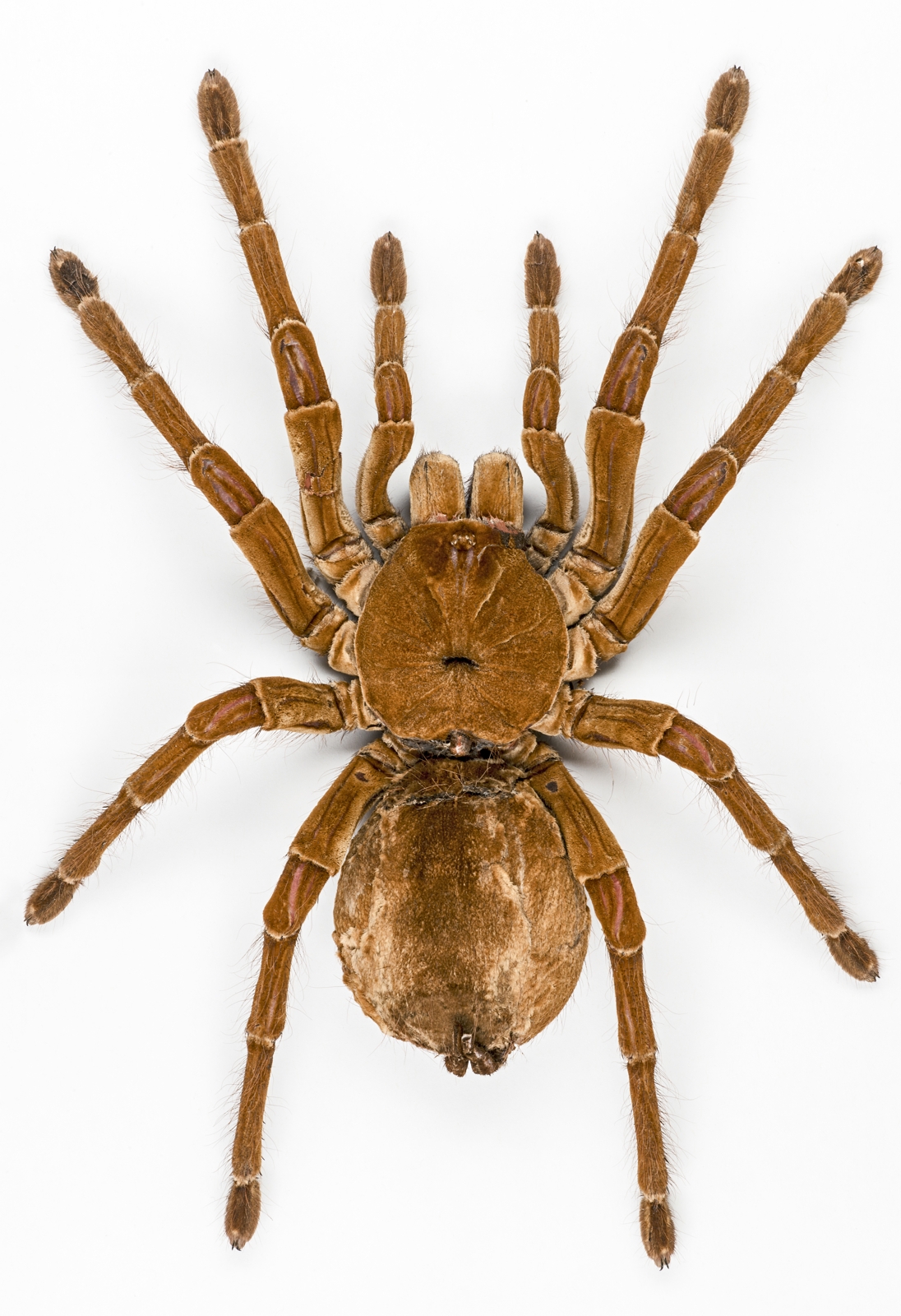
© Didier Descouens / CC BY-SA 4.0
The massive Goliath Bird-Eater demonstrates why it earned its impressive name, with a leg span that can exceed the diameter of a dinner plate. Despite common misconceptions, these giants primarily feed on invertebrates and small vertebrates on the forest floor.
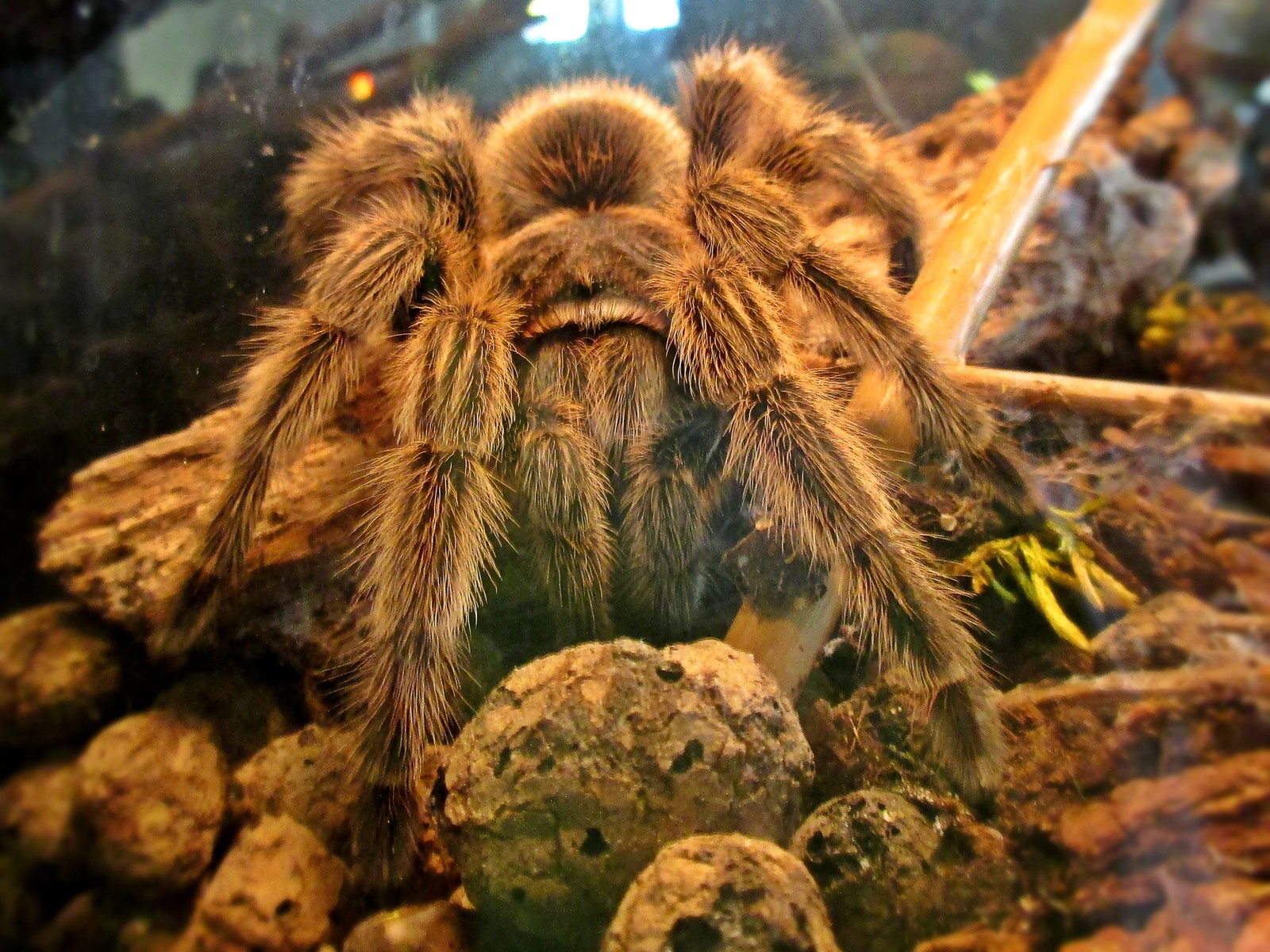
© Bj.schoenmakers / CC0
The Chilean Rose Tarantula exhibits the classic tarantula form in a more manageable size, with its characteristic rose-hued carapace and gentle demeanor making it a favorite among spider enthusiasts worldwide.
Key Differences: Goliath Bird-Eater vs Chilean Rose Tarantula
| Feature | Goliath Bird-Eater | Chilean Rose Tarantula |
|---|---|---|
| Leg Span | 10-12 inches (25-30 cm) | 4.5-5.5 inches (11-14 cm) |
| Weight | Up to 6.2 oz (175 g) | 1-1.5 oz (28-42 g) |
| Lifespan | Females: 15-25 years | Females: 15-20 years |
| Temperament | Defensive, may be aggressive | Docile, calm |
| Habitat Requirements | Large enclosure, high humidity | Moderate enclosure, low humidity |
| Price Range | $75-200 | $25-50 |
Size and Physical Characteristics
The Goliath Bird-Eater commands attention with its massive size, weighing up to 6.2 ounces (175 grams). Their bodies feature thick, earth-toned setae (hairs) and powerful fangs reaching lengths of 1.5 inches (3.8 cm). In contrast, the Chilean Rose Tarantula maintains a more modest size, typically weighing between 1-1.5 ounces (28-42 grams), with shorter fangs and softer, rose-tinged coloration.
Temperament and Handling
Chilean Rose Tarantulas have earned their reputation as ideal beginner pets through their characteristically calm demeanor and high tolerance for handling. They rarely flick urticating hairs or display defensive postures. Goliath Bird-Eaters, however, tend to be more defensive and may:
- Readily flick urticating hairs
- Assume threat postures
- Produce audible hissing sounds
- Strike defensively when disturbed
Habitat and Care Requirements
The natural habitats of these species influence their care requirements:
Goliath Bird-Eater Needs:
- Enclosure size: minimum 24x18x18 inches (61x46x46 cm)
- Humidity: 75-85%
- Temperature: 75-85°F (24-29°C)
- Deep substrate for burrowing
- Regular misting
Chilean Rose Tarantula Needs:
- Enclosure size: minimum 12x12x12 inches (30x30x30 cm)
- Humidity: 55-65%
- Temperature: 70-80°F (21-27°C)
- Moderate substrate depth
- Less frequent misting
Feeding and Diet
Both species are opportunistic predators, but their size difference affects prey selection:
Goliath Bird-Eater:
- Large crickets and roaches
- Mice (occasionally)
- Small lizards
- Larger invertebrates
Chilean Rose Tarantula:
- Medium crickets
- Small roaches
- Mealworms
- Other appropriately-sized insects
Lifespan and Growth
Female Goliath Bird-Eaters can live 15-25 years in captivity, reaching maturity in 3-6 years. Chilean Rose Tarantulas exhibit similar longevity, with females living 15-20 years, though they mature slightly faster in 2-5 years. Males of both species have significantly shorter lifespans, typically living only 3-6 years after reaching maturity.
Which Makes a Better Pet?
For novice arachnid keepers, the Chilean Rose Tarantula presents clear advantages:
- More manageable size
- Calmer temperament
- Lower maintenance requirements
- More affordable purchase price
- Easier to house
The Goliath Bird-Eater, while impressive, demands advanced husbandry skills and suits experienced keepers who can provide:
- Larger housing
- Precise environmental control
- Careful handling protocols
- Higher humidity maintenance
- More substantial food items


